First Taiwan-Made Sub
It is no secret that Taiwan has always faced the threat of a Chinese invasion, but the recent development has brought reality closer to such prospect more than ever.
Needless to say, Taiwan has been preparing for the “X-day” ever since the Nationalist Forces were expelled from Mainland China in 1949, and has mustered an impressive defense capability.
But, in terms of naval power, the Chinese Navy’s growth has far outpaced that of Taiwan’s, to the extent that securing vital shipping lanes, let alone maritime superiority, is now deemed nearly impossible.
In light of such naval disadvantage, Taiwan has turned their attention to asymmetric warfare, employing missile corvettes and mobile anti-ship missiles. Adding to these cost-effective weapons, Taiwan is now focusing on modernizing their outdated submarine fleet in order to raise the cost of any invasion attempt by the Chinese military.
Submarines, known for their stealthy nature, can not only pose a threat towards enemy surface vessels and shipping lanes, but can also instill fear and restrict their actions.
A single submarine can trigger anxiety amongst an entire fleet and somewhat limit their operational freedom, making them an ideal weapon for a nation on the back-foot.
Despite these merits, Taiwan’s submarine fleet consists of only two submarines, both acquired from the Netherlands in the 1980s. Two additional submarines are used for training purposes, but these are WW2 era hand-me-downs from the US Navy, incapable of contributing to modern warfare.
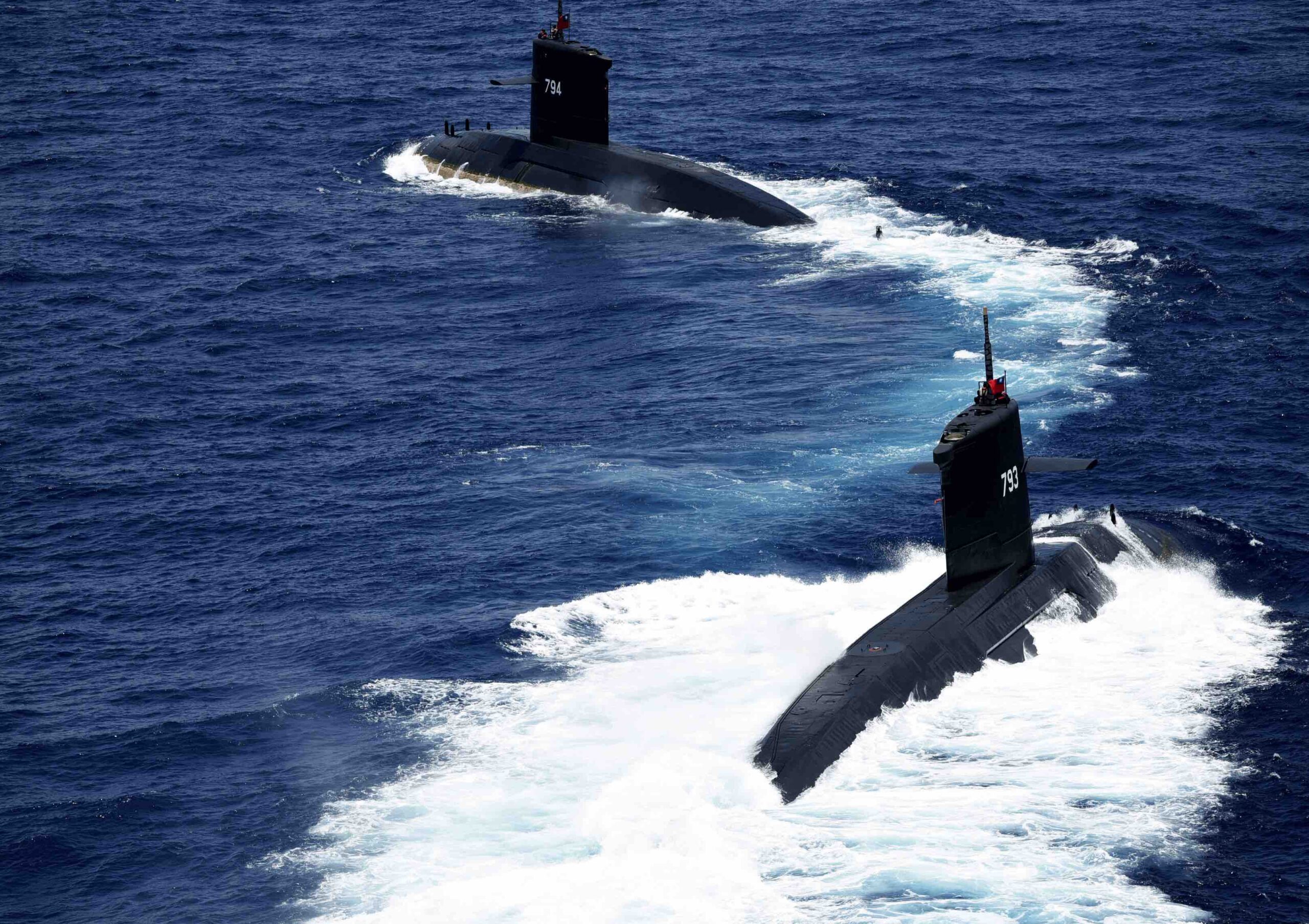 The only two operational submarines
The only two operational submarines
So, why is the Taiwanese submarine fleet in such shape?
It’s not like Taiwan was procrastinating all this time. On the contrary, Taiwan has long sought to modernize its submarine force, but Chinese interference and pressure successfully thwarted any new purchases.
As a result, Taiwan has now resorted to building its own submarines with some foreign assistance, culminating in the launch of its first domestically-built submarine, the “Hai Kun-class.”
By producing domestic submarines, Taiwan aims to offset the naval disadvantage and impose strategic challenges on the Chinese Navy, making the progress in this area imperative for achieving security in the face of ongoing threats from Beijing.
The eagerly anticipated new submarine, while influenced by Dutch submarine designs, features the “X-shaped” rudder similar to the Japan Maritime Self-Defense Force’s Soryu-class submarines.
Although it is a diesel-powered conventional type, it is equipped with the latest lithium-ion batteries, enabling the Hai Kun-class to operate at much longer periods compared to the existing Taiwanese subs.
The primary armament is the US-made Mark-48 torpedo, sold by the United States during the Trump administration along with other related systems. Reports indicate that the combat system and sonar technology are also of US origin, whereas other equipment was imported from the United Kingdom.
Welcoming For Tokyo
With the construction of eight new submarines, the Taiwanese Navy will see a dramatic enhancement in its underwater fleet, compelling China to urgently improve their anti-submarine capabilities, an area where it has not yet caught up compared to other Western navies.
Such reinforcement of Taiwan’s naval power is beneficial for Japan as well.
When it comes to countering a Chinese military threat, Japan and Taiwan are on the same page, though both are not formal allies in any sense.
Nonetheless, if Taiwan successfully completes its eight-submarine fleet, the combined submarine force of Taiwan, Japan, United States, Australia, and South Korea would surpass that of the Chinese Navy’s both in quality and quantity.
Of course, there is no official coalition among these nations, but the mere fact would provide a headache towards Beijing, or at least something to worry about.
Japanese Involvement?
Developing submarines is one of the most technologically challenging endeavors, and only a few can mass-produce such vessels at high quality.
Even though Taiwan is well-regarded for its advanced technological prowess, including the semiconductor field, submarine development requires a whole new level of expertise, almost guaranteeing foreign involvement in the project.
It is suggested that, in addition to US and British assistance, engineers and former submariners from Australia, South Korea, India, Canada, and Spain were also brought in to the project.
These speculations were fueled by the fact that Americans, South Koreans, and Japanese nationals were present at the ceremony commemorating the launch of the Hai Kun-class submarine.
Due to this revelation, it is rumored that former employees of Mitsubishi Heavy Industries and Kawasaki Heavy Industries, who are responsible for building JMSDF submarines, were involved in the Taiwanese project.
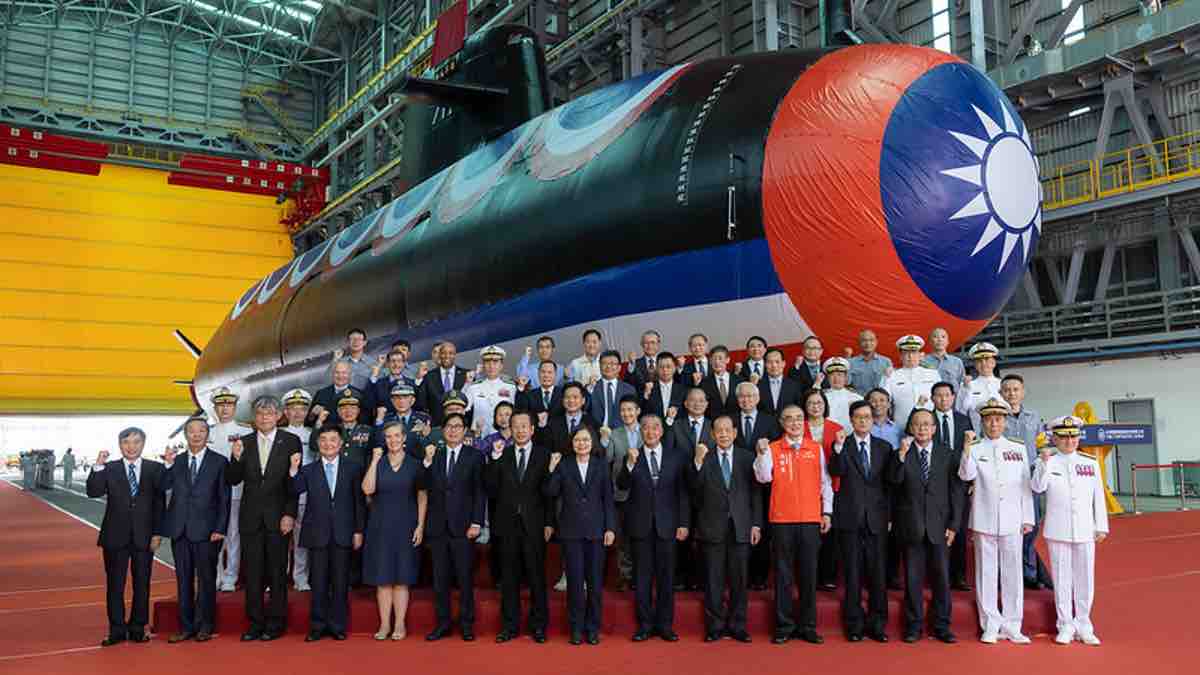 Some Japanese were present (photo: Taiwan President Office)
Some Japanese were present (photo: Taiwan President Office)
If we remember that the new submarine adopts the “X-shaped” rudder used by the JMSDF subs and that strengthening Taiwan’s naval capacity benefits Japan, such involvement would not be that surprising.
The question is whether the Japanese government provided covert technological support or if the Japanese engineers acted on their own accord.
Since Japan and Taiwan do not have formal diplomatic relations, official defense cooperation is an impossible task, meaning any support would have been a back-channel effort.
Given the presence of Japanese individuals at the ceremony, it is highly likely that the Japanese government was aware and had given tacit approval.
On the other hand, had this been an independent act by the engineers, it raises concerns about just how much the government and the Ministry of Defense knew about their involvement.
Japan has been quite vulnerable in terms of safeguarding industrial secrets, but any potential leaks of submarine technology will be detrimental to Japan’s security.

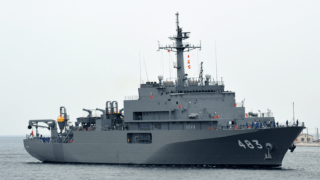
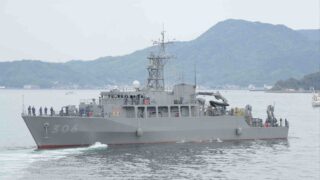
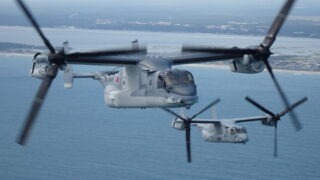

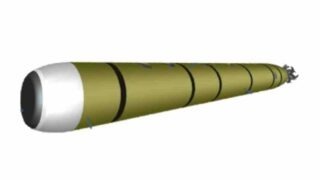

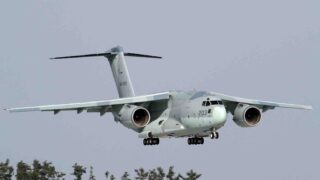

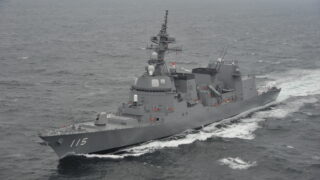
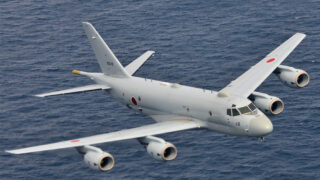

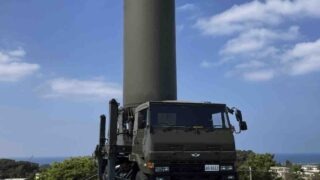
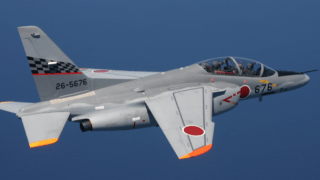
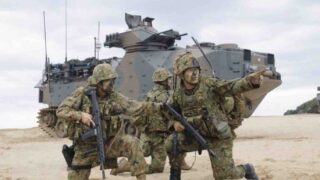
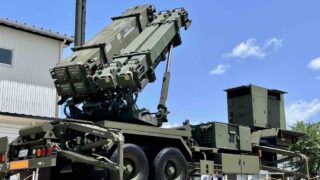
-320x180.jpg)
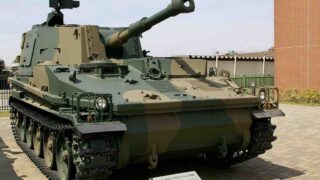
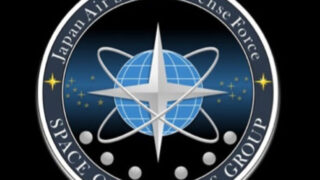

Comments